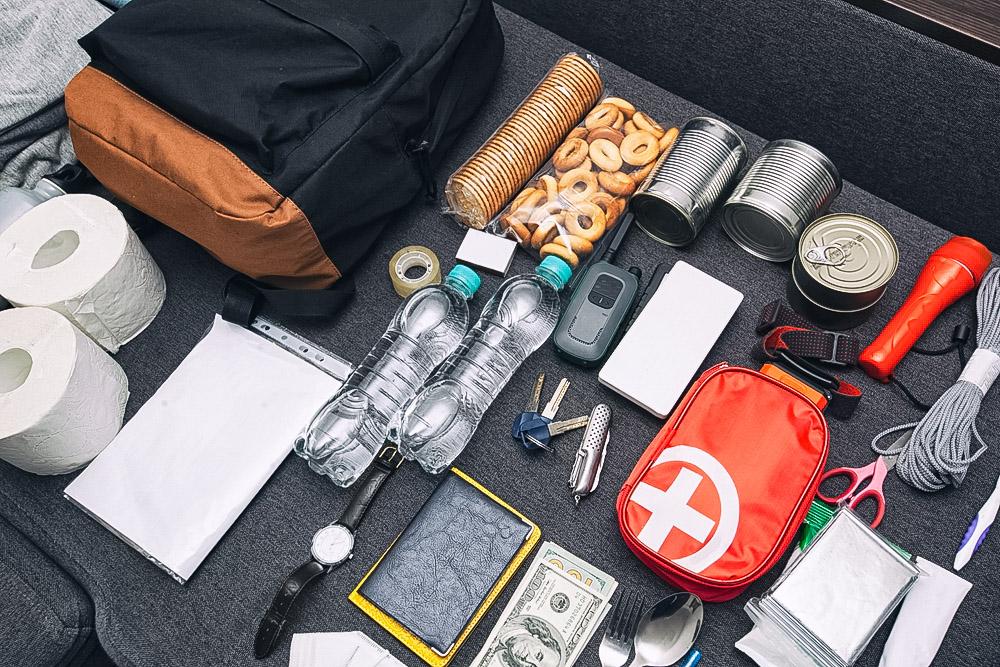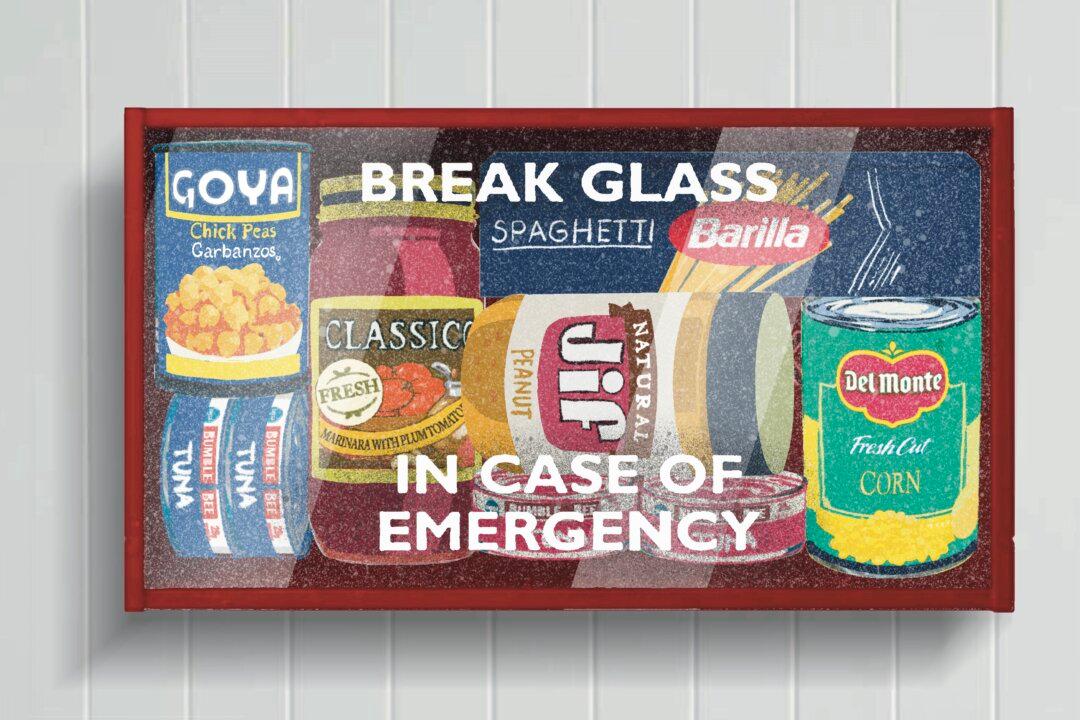Spring cleaning brings mops, buckets, and dusters to mind, but one item you may want to add to your cleaning list is your emergency kit. Yours may be lingering, dusty, and forgotten in the trunk of your car or a random closet, but it’s time now to pull out that backpack and refresh it for a new season.
Your safety in a crisis may depend on an up-to-date kit. Your needs may change from season to season due to health issues or a move to a different part of the country, for example, so your kit should reflect those changes. And, of course, warm weather requires supplies and gear specific to those temperatures.





